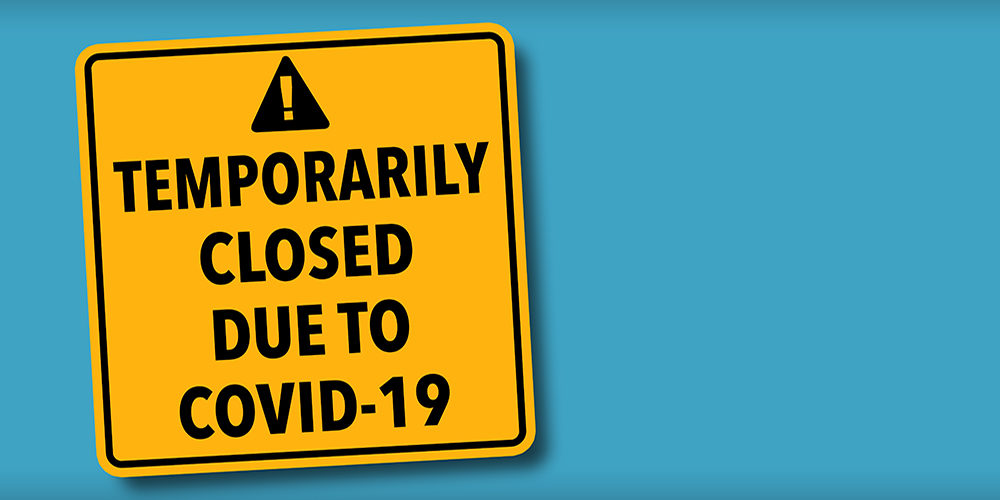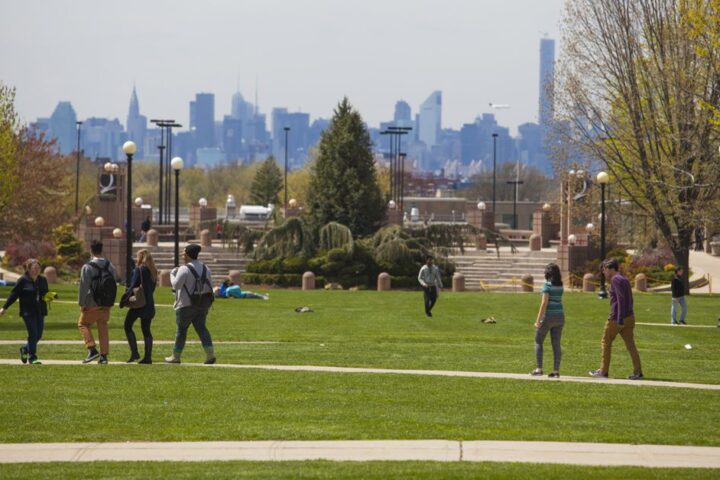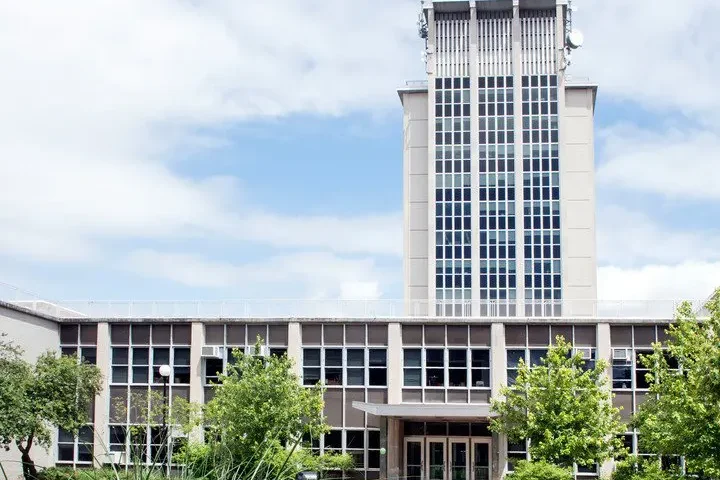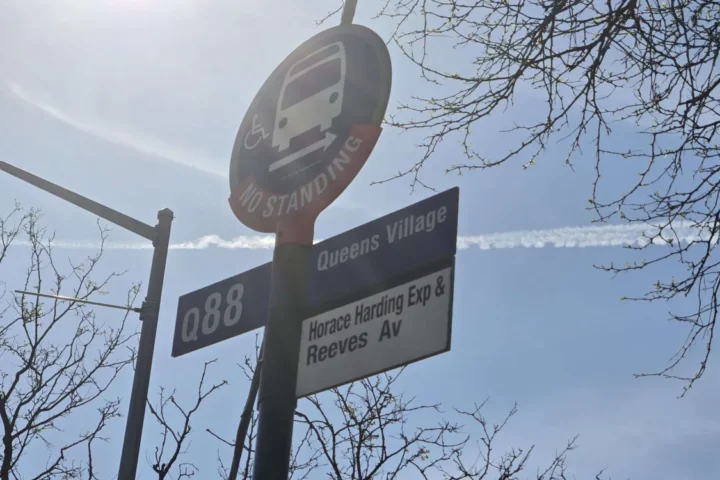Like many, I never gave a great deal of attention to the climate change pathos that has infiltrated the media over the past decade. I have always recognized that global warming is a real occurrence, and that the planet is surely being affected by it in a multitude of ways, but because I wasn’t directly affected by it, the way dying penguins in Antarctica and trees in North California were, I didn’t care as much. It wasn’t until the monstrosity, that is this year’s hurricane season, that I realized how big of a role climate change had on destroying and taking away innocent lives, and it was the first time I was genuinely scared.
Hurricane season, which formally began June 1, is when the yearly formation of tropical cyclones occur in the Atlantic basin. Although there had been a solid five storms and two hurricanes, none were as impactful as Hurricane Harvey. The category four hurricane, which developed from mid-to-late August, spent most of its existence in Southeastern Texas, where more than 185,00 homes were flooded, 300,000 people were left without electricity, and 82 people died.
After Harvey there were seven more hurricanes, however Hurricanes Irma and Maria caught global attention. Hurricane Irma, which took place between late-August to early-September, was the most catastrophic category five hurricane in the Atlantic, since 2005 with Hurricane Wilma. As one can imagine, Irma, which affected areas like Florida, Cuba, and the Caribbean Islands, had about 134 fatalities, leaving many families distraught.
Hurricane Maria, also a category five hurricane, spanned from September to October, and left many in Puerto Rico, still, without power, holding a death toll estimated to be over 50.
This is when you must be wondering where climate change enters the story. Well, in case you didn’t know, climate change increases the environment’s temperature, and it is this warmth that plays a key role in raising wind speeds and energizing hurricanes.
Hurricanes get their power from the evaporation of the ocean, so when the water’s air gets steamier, hurricanes become attracted to it.
Usually, hurricanes weaken when they reach land, because they are no longer exposed to hot moisture, however the National Hurricane Center’s data showcases how a hurricane like Harvey was “intensified by about 45 miles per hour before landfall,” inevitably causing major damage when reaching its target. When a hurricane forms on a high note with seawater strength, it becomes difficult for it to die down when it hits land.
This is not the first time we have seen how climate change and stalled high pressure systems contribute to natural disasters, as the ongoing drought in California, the 2013 Colorado Front Range floods, and the Chicago heat wave of 1995 were all direct results of increasing temperatures in the environment. It now well known by scientists that if temperatures continue to rise at this steady rate, the severity of natural disasters, such as storms and hurricanes will also increase.
Whether it is the industrial activity of burning of fossil fuels, such as oil and coal, or littering beaches, the greenhouse effect is in full motion, trapping heat in Earth’s atmosphere. One cannot deny that the planet is getting warmer, and I find this to be incredibly frightening. If your paranoid earth science professor couldn’t convince you that the world is in danger, then maybe the increasingly dangerous nature of hurricanes can. It may have been someone in Puerto Rico yesterday, but it could easily be us tomorrow.













